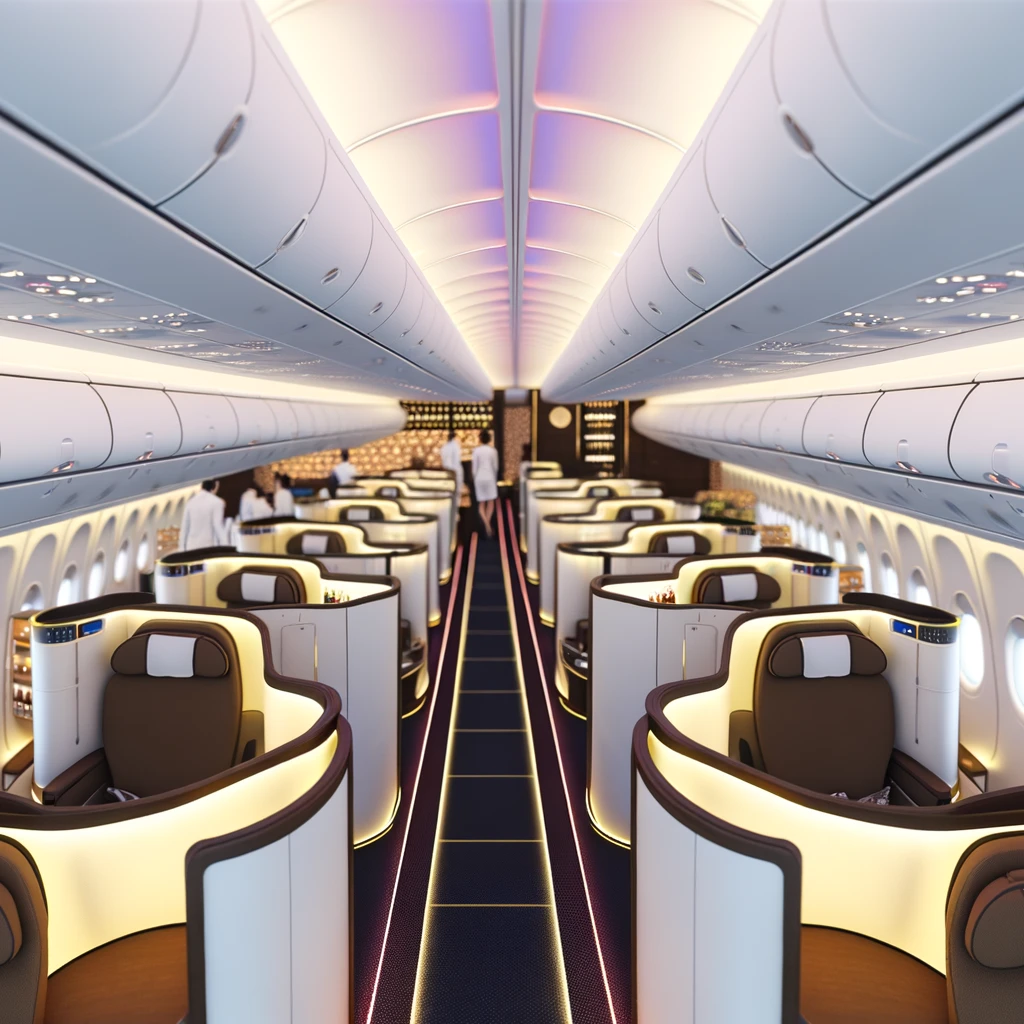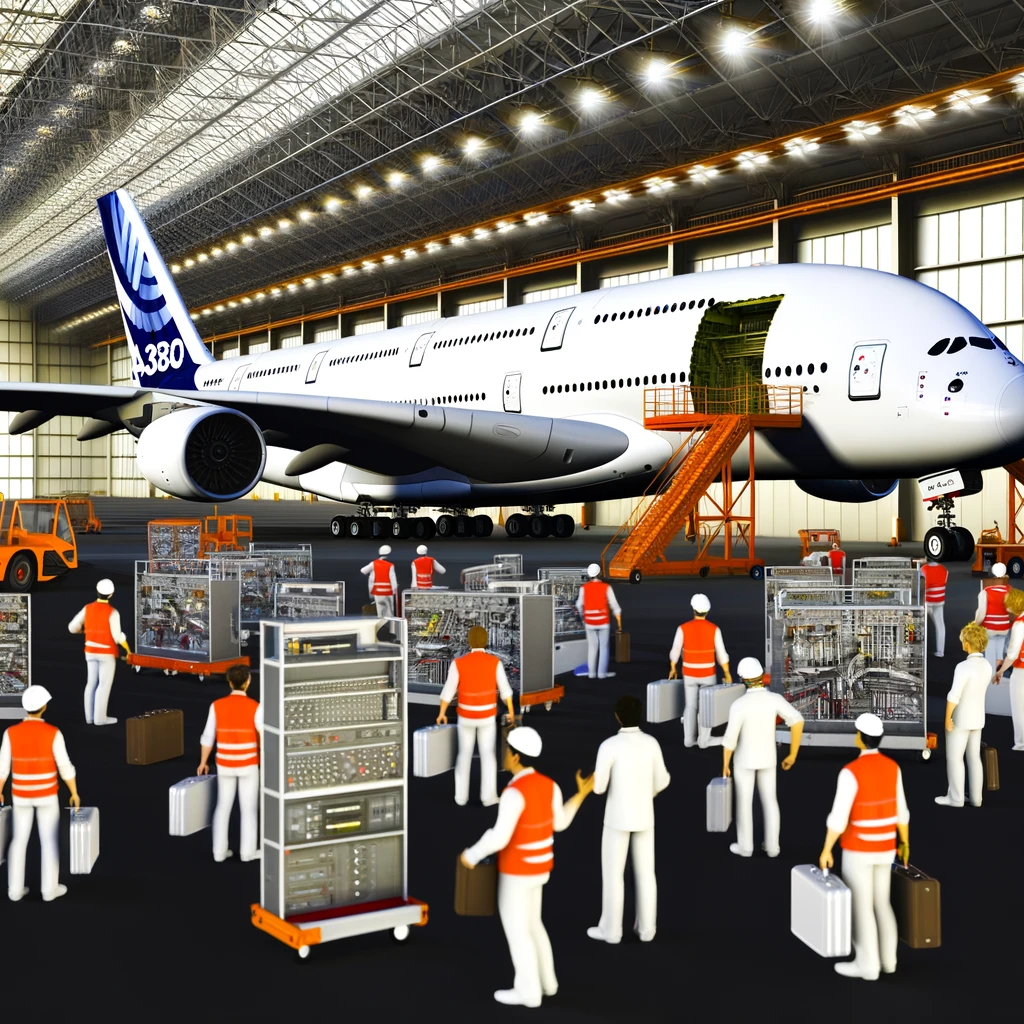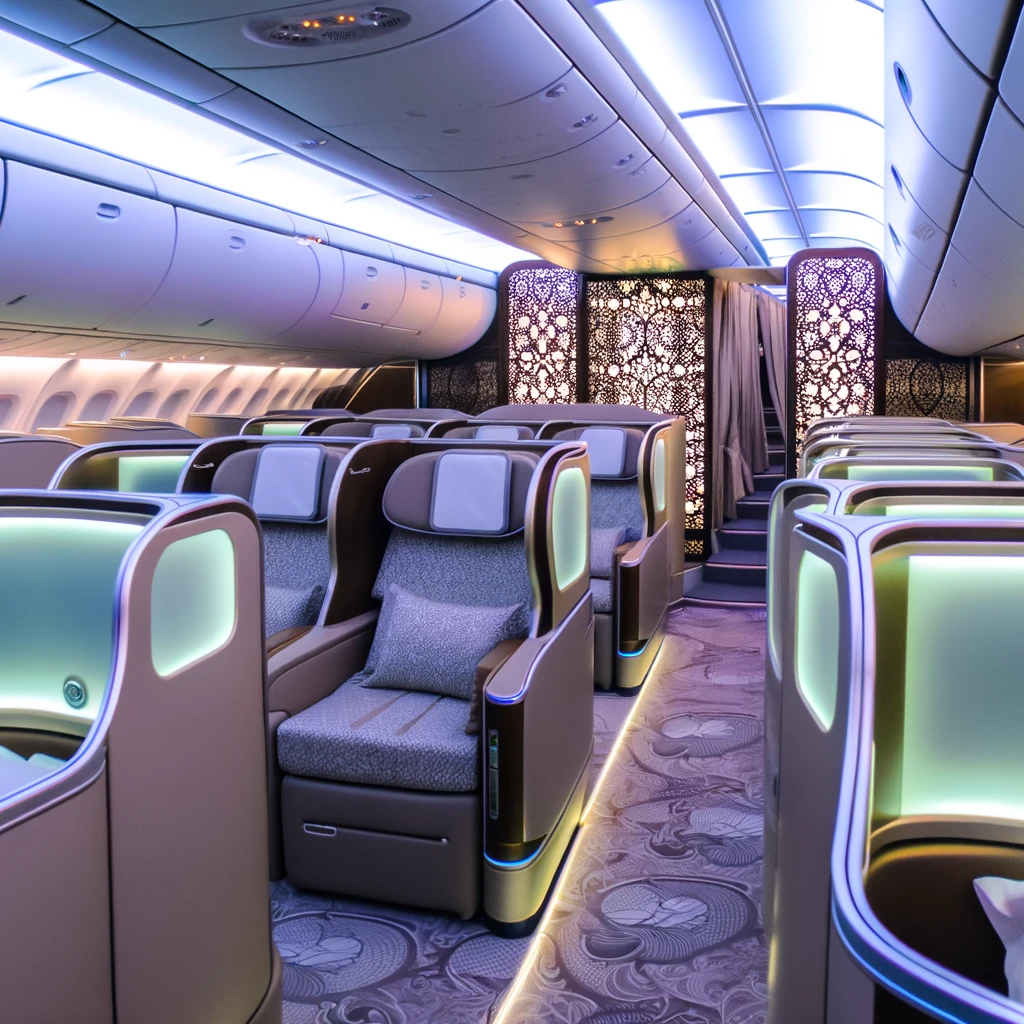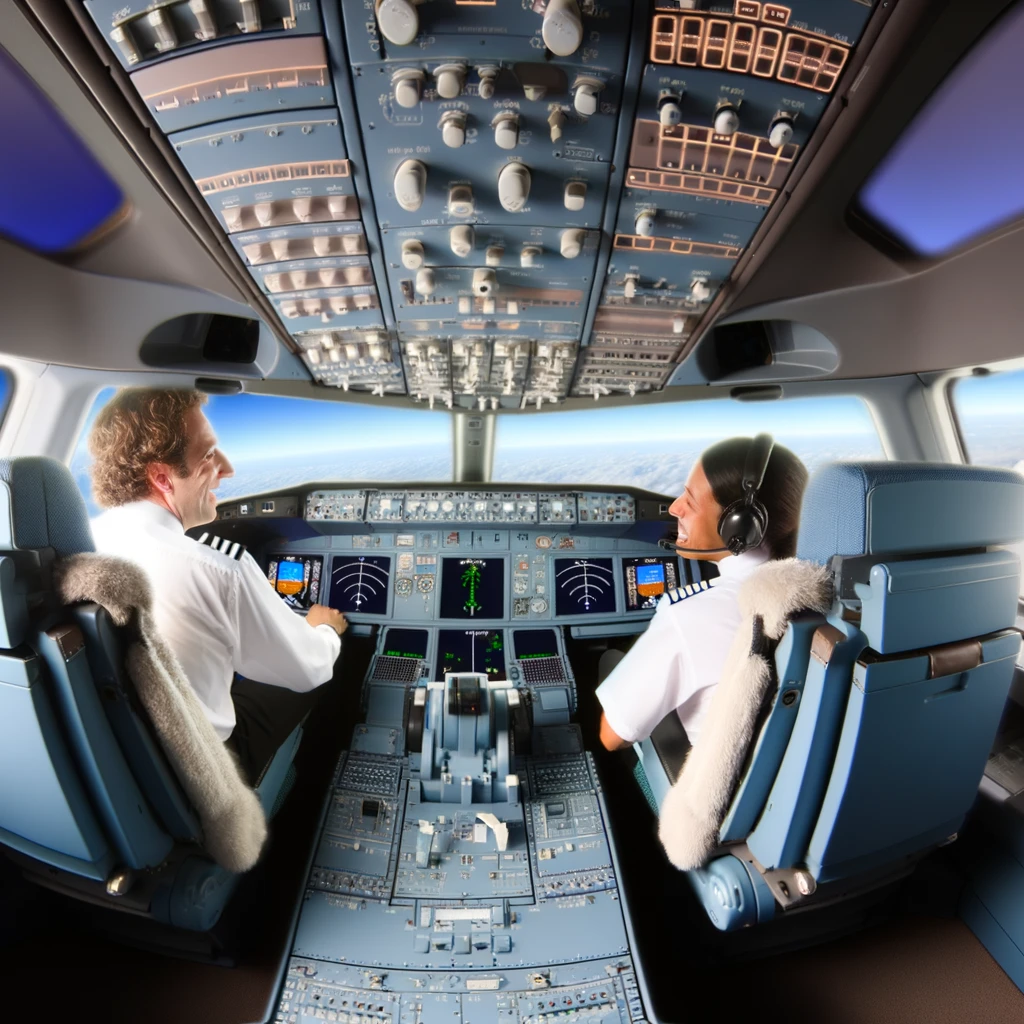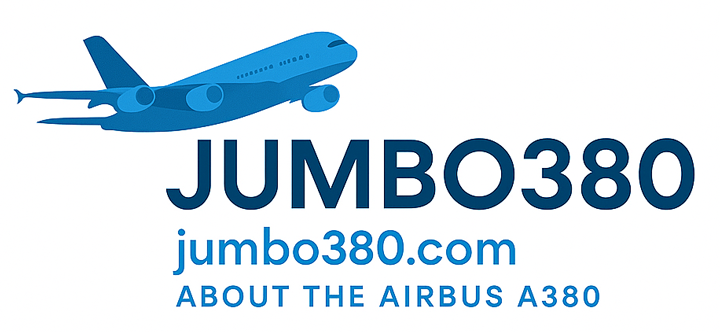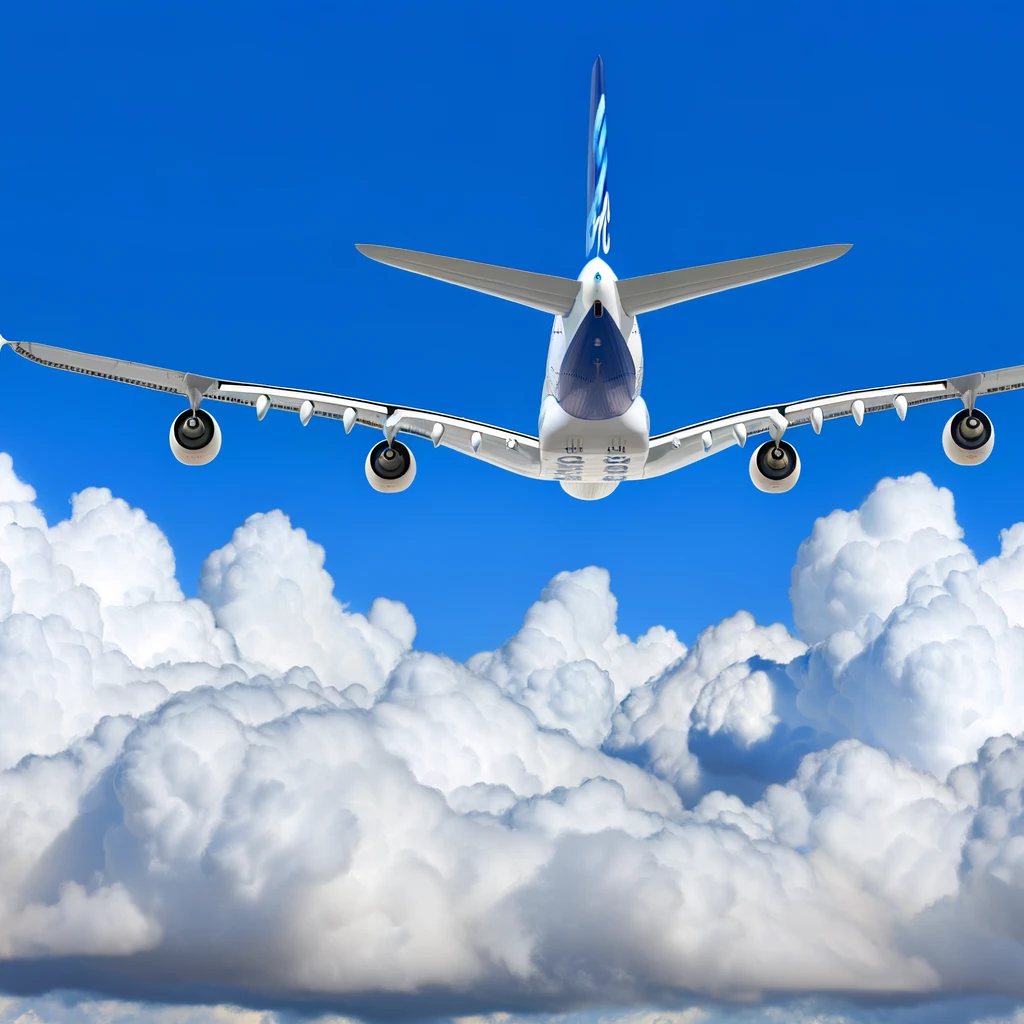
The Airbus A380: How It Compares to Other Jumbo Jets
The Airbus A380, often touted as the marvel of modern engineering, stands as one of the most iconic aircraft in the history of aviation. As the world's largest passenger airliner, it has reshaped the way airlines consider capacity, efficiency, and passenger comfort. But how does it really stack up against other jumbo jets in the market? In this article, we delve into a comprehensive comparison, highlighting the A380's distinctive features and its competition.
Design and Capacity
The Airbus A380 is renowned for its impressive size and capacity. With a full-length double-deck configuration, the A380 can accommodate up to 853 passengers in an all-economy class setting. In a typical three-class configuration, it seats around 555 passengers. This massive capacity is a stark contrast to other jumbo jets like the Boeing 747-8, which seats approximately 410 passengers in a three-class arrangement.
Its spacious interior allows airlines to offer unprecedented comfort, with wider seats, larger overhead bins, and quieter cabins. The A380's design also includes innovative features such as a grand staircase, spacious lounges, and even onboard showers in some configurations.
Performance and Fuel Efficiency
Performance-wise, the A380 is powered by four Rolls-Royce Trent 900 or Engine Alliance GP7200 engines, providing the thrust needed to lift its considerable weight. However, its efficiency has often been debated. Due to its size, the A380 consumes more fuel per flight compared to smaller jets but compensates with a lower fuel cost per seat, making it ideal for high-density routes.
Comparatively, the Boeing 777X, another competitor in the jumbo jet category, offers a more fuel-efficient twin-engine design, which can be more economical on routes with variable passenger demand. This efficiency gives the 777X an edge in terms of operational flexibility and environmental footprint.
Technological Advancements
The A380 incorporates numerous technological advancements that set it apart from its predecessors. Its fly-by-wire system, advanced aerodynamics, and use of lightweight materials contribute to its impressive performance. Additionally, the aircraft is equipped with state-of-the-art avionics systems that enhance safety and navigation precision.
Meanwhile, competitors like the Boeing 787 Dreamliner have focused on using composite materials to reduce weight and improve fuel efficiency. The Dreamliner's innovations in passenger comfort, such as higher humidity levels and larger windows, have also set new standards in the industry.
Market Position and Future Prospects
The A380's market presence has been both a strength and a challenge. While it has become a symbol of luxury and innovation, the demand for such large aircraft has waned due to changing market dynamics. The rise of point-to-point travel and smaller, more efficient aircraft has led Airbus to cease production of the A380 in 2021.
However, the A380 remains a beloved aircraft among passengers and airlines that operate high-traffic routes. Airlines like Emirates have heavily invested in the A380, capitalizing on its capacity to serve major hubs efficiently.
Conclusion
In comparing the Airbus A380 with other jumbo jets, it is clear that each aircraft has its unique strengths and niches. The A380 excels in offering unmatched passenger capacity and comfort, making it ideal for specific markets. Yet, the evolving landscape of air travel, with a focus on efficiency and environmental considerations, continues to challenge its dominance.
As aviation technology progresses, the legacy of the A380 will likely inspire future innovations that balance capacity with sustainability, ensuring that the spirit of the jumbo jet remains alive in the skies.
Related Articles
